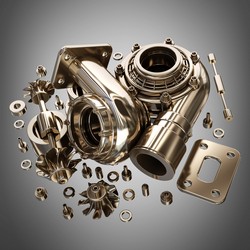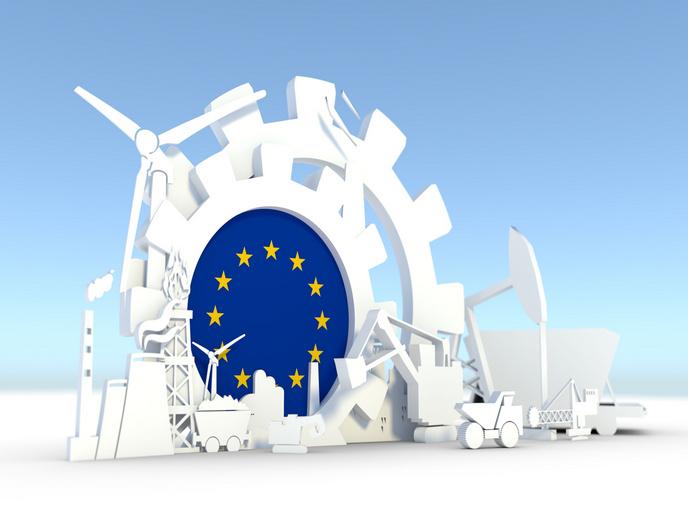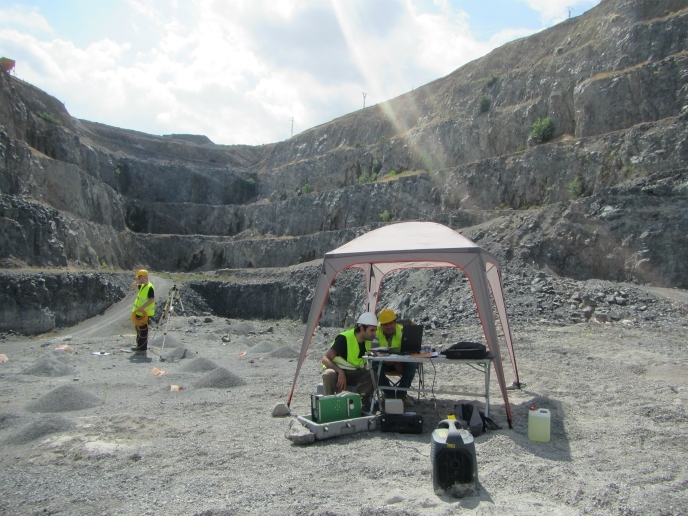EU research gives turbochargers a boost
Turbochargers are used by vehicle manufacturers to significantly reduce emissions and improve efficiency by forcing extra air into the engine’s combustion chamber. Although simple in construction, turbochargers operate at high temperatures and extreme rotational speeds. However, their performance is limited at present due to materials and manufacturing technology. The TIALCHARGER(opens in new window) (Titanium aluminide turbochargers improved fuel economy, reduced emissions) project aimed to overcome these limitations through the creation of a lightweight, cost-effective low inertia turbocharger booster that could be mass produced. Titanium aluminide (TiAl) has a lower density than nickel super alloys, which are currently used, and retains its strength at high temperatures. It is therefore both lightweight and capable of withstanding the operating conditions within a wide range of engine types. An electron beam melting (EBM) process was used to fabricate the rotor wheel in layers from TiAl powder. The result was a hollow, yet strong rotor wheel that further contributed to weight reduction. A low inertia wheel has the advantage of improving the efficiency of operation of a turbocharger. Electron beam (EB) brazing was used to join the TiAl wheel to the steel shaft. The process created a joint between dissimilar materials that was strong enough to withstand vibrations, high temperatures and the rotational speeds found in a turbocharger unit. The approach used by TiAlCharger led to considerable weight savings. It demonstrated the potential to increase fuel to air ratios thereby making advancements towards the targets of increasing vehicle efficiency by an additional 5% and reducing CO2 emissions by 8 %. These advances will also help create jobs and enable Europe to become a market leader in turbocharger technology.







